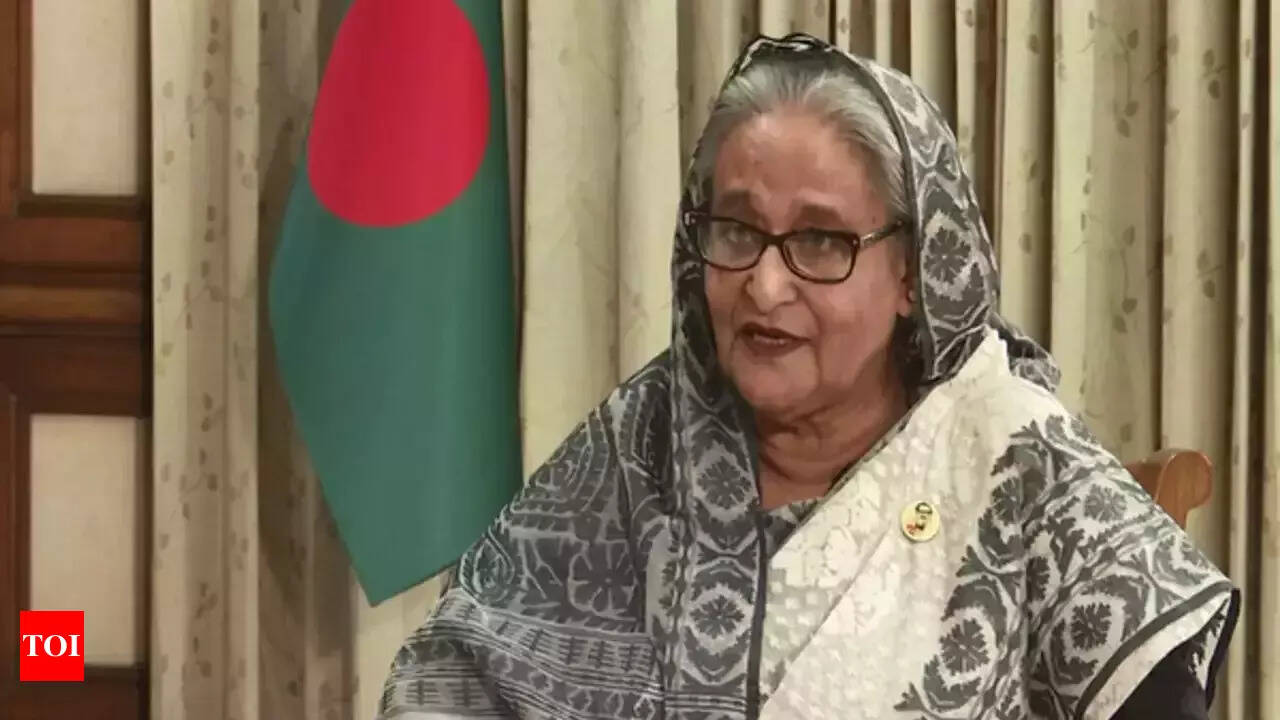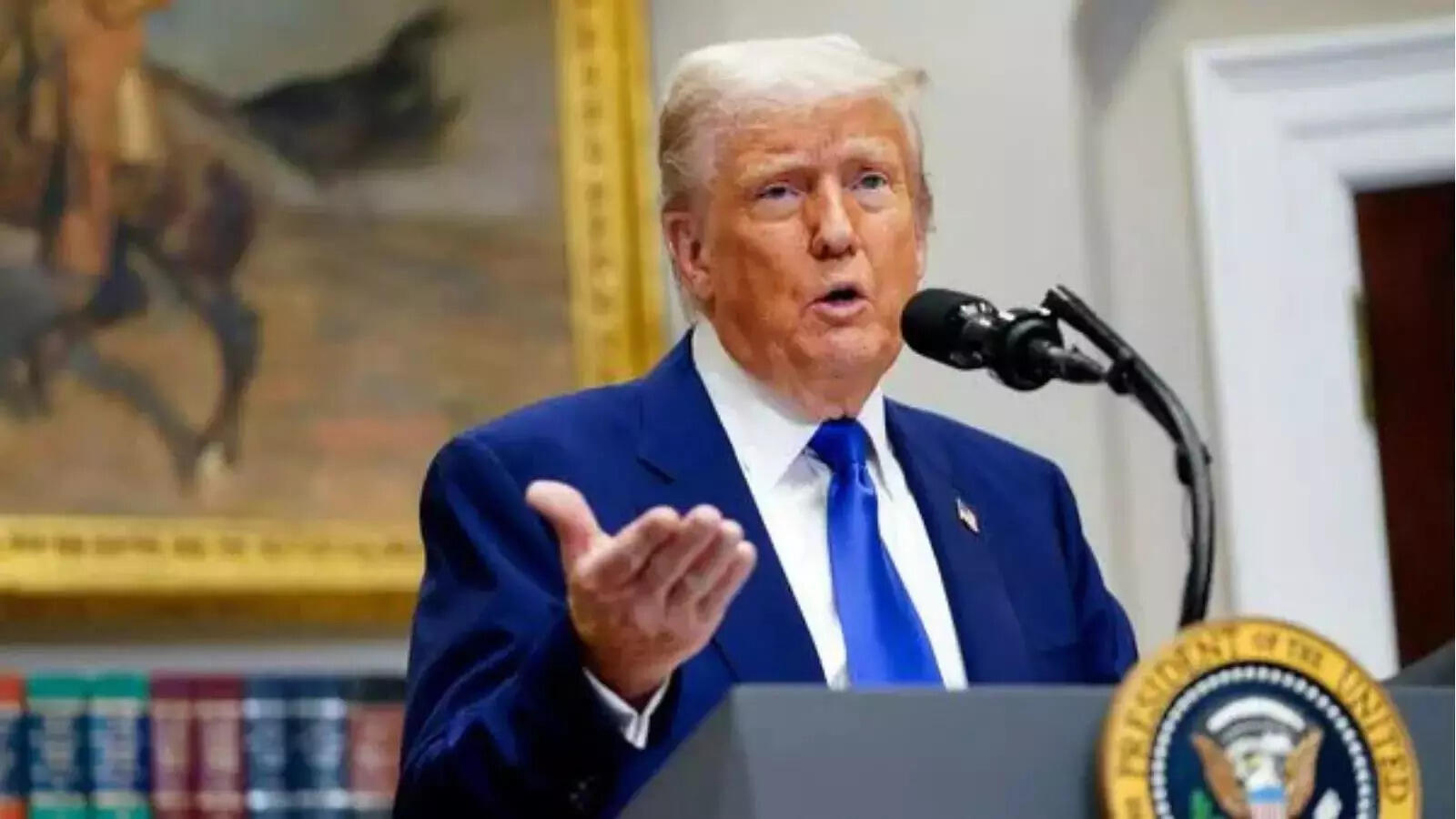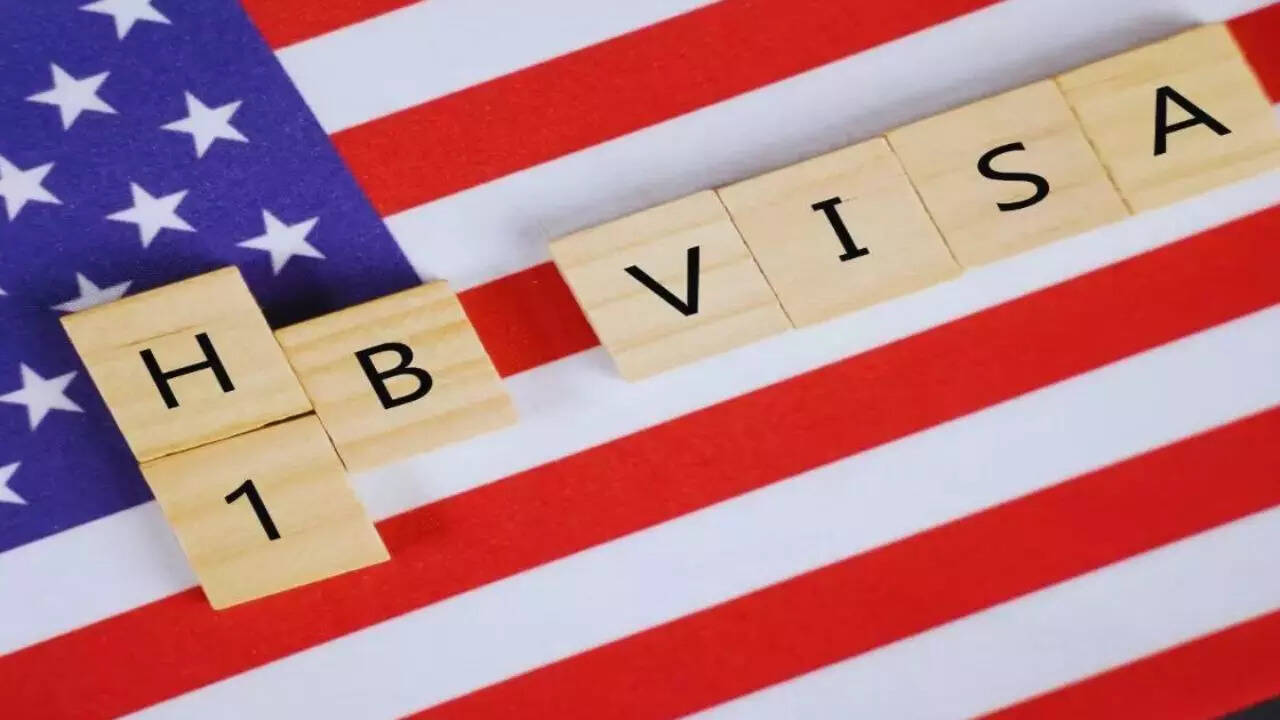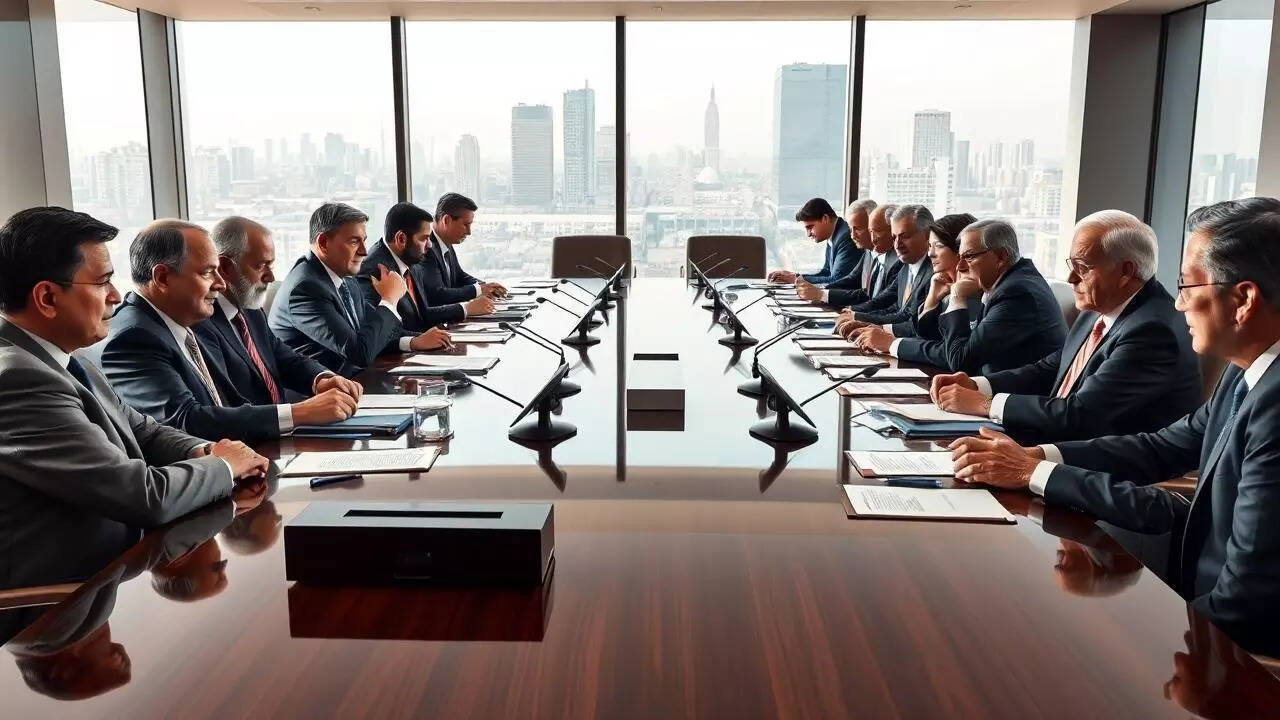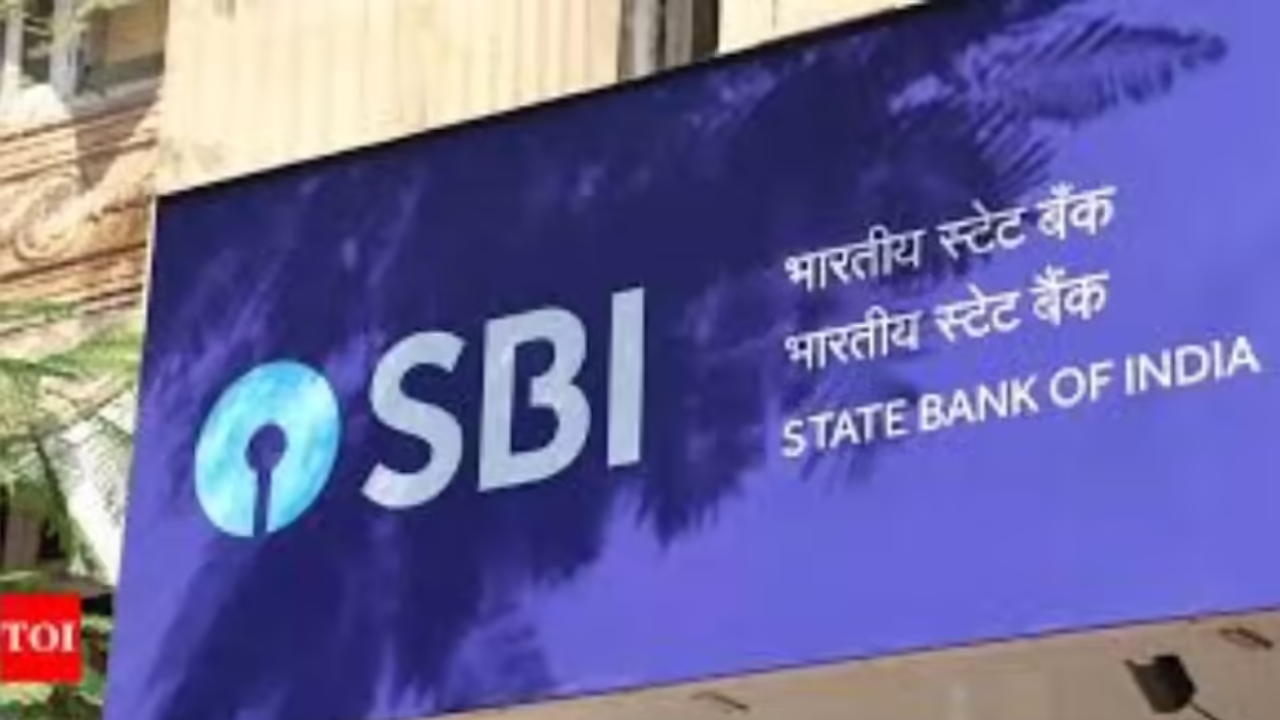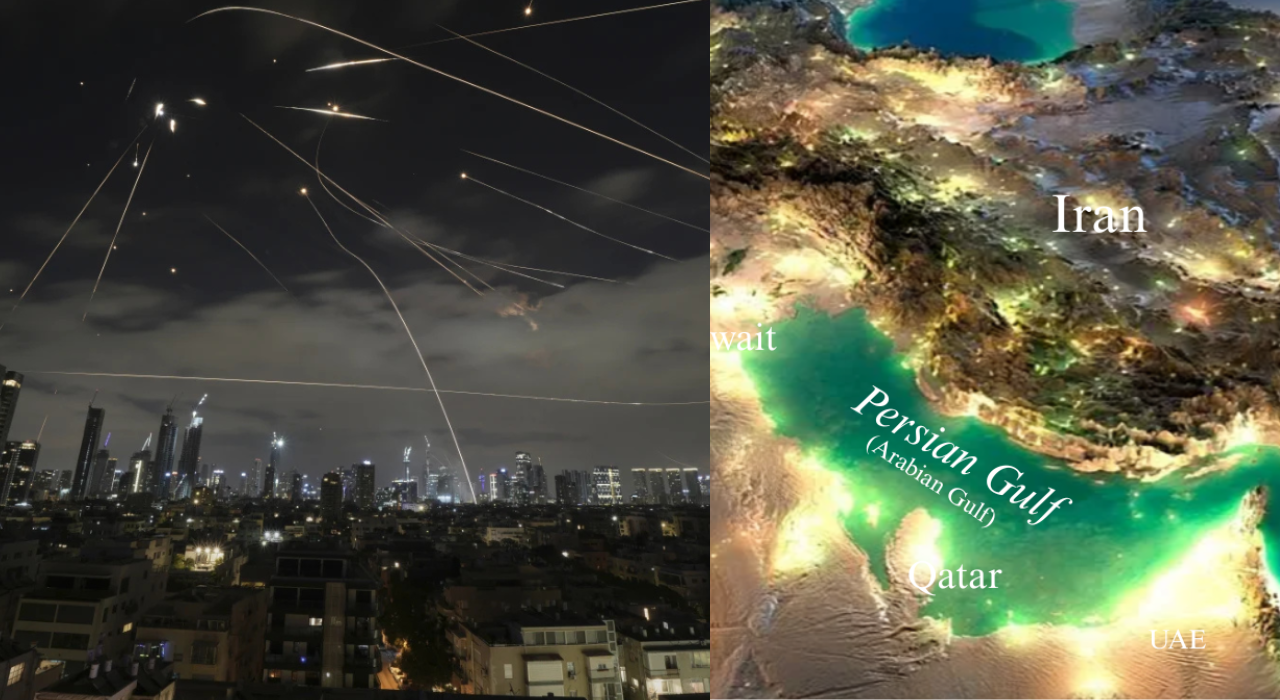What underpins India’s deep education inequality?

Join our WhatsApp Community to receive travel deals, free stays, and special offers!
- Join Now -
Join our WhatsApp Community to receive travel deals, free stays, and special offers!
- Join Now -

Investment in human capital plays a decisive role in economic growth. India, which seeks to become the engine of global economic growth and swears by inclusive growth, however, shows shocking trends in rural-urban educational inequality.
This is evident from both the Social Consumption of Education Survey 2017-18 and the Periodic Labour Force Survey, or PLFS, of 2023 – both conducted by the Government of India. This article is based on data from these surveys. All analyses of Gini index and literacy rate are calculated by using the unit level data.
If the investment in human capital is unequally distributed, there is no way that India can ensure a reduction in overall inequality.
The period from 1986 to 2017 saw significant shifts in policy interventions in the Indian educational system. These reflected a broader change in the socio-economic landscape.
This change was characterised by the reform measures taken by the government since 1991, which influenced the direction of educational policies.The improvement in the overall literacy rate is a noteworthy feature of India’s development policy. India’s literacy rate has seen significant improvement since independence, rising from 18.3% in 1951 to 72.98% in 2011.
This progress reflects sustained policy efforts in education, including initiatives like the National Literacy Mission 1988 and Sarva Shiksha Abhiyan 2001, which expanded access to primary education and improved adult literacy....
What's Your Reaction?
 Like
0
Like
0
 Dislike
0
Dislike
0
 Love
0
Love
0
 Funny
0
Funny
0
 Angry
0
Angry
0
 Sad
0
Sad
0
 Wow
0
Wow
0









